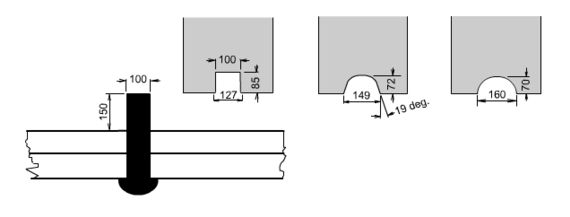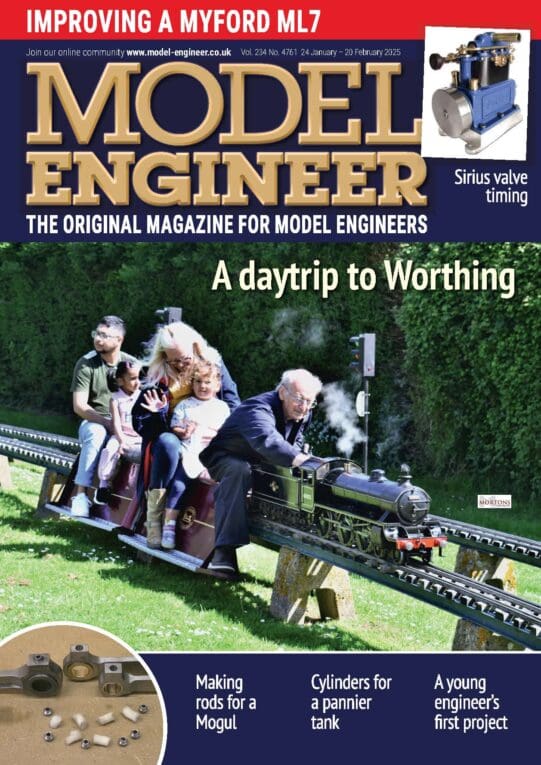Forming round heads on small steel rivets.
Forming round heads on small steel rivets.
- This topic has 29 replies, 19 voices, and was last updated 15 March 2017 at 10:22 by
Ian S C.
- Please log in to reply to this topic. Registering is free and easy using the links on the menu at the top of this page.
Latest Replies
Viewing 25 topics - 1 through 25 (of 25 total)
-
- Topic
- Voices
- Last Post
Viewing 25 topics - 1 through 25 (of 25 total)
Latest Issues
Newsletter Sign-up
Latest Replies
- Electric Car Battery Retention
- Diamond Wheel dressing attachment
- Meddings Overhaul – missing parts
- Securing smokebox number plate
- Homemade Headstock Lathe 1 fondry work
- Small taps general questions
- Myford ml2/3 change gears
- ML7 Topslide limitations
- Can a metric baby do imperial?
- Mains powered led microscope light








